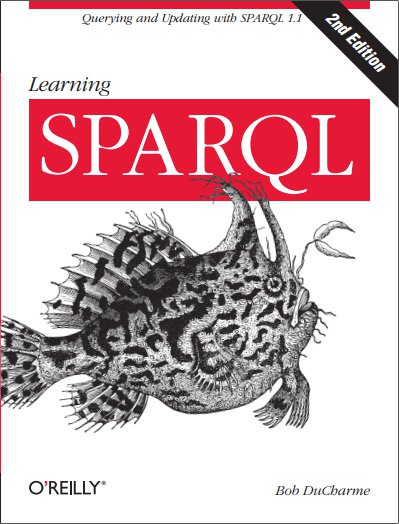A few years ago I wrote a blog post titled SPARQL in a Jupyter (a.k.a. IPython) notebook: With just a bit of Python to frame it all. It described how Jupyter notebooks, which have become increasingly popular in the data science world, are an excellent way to share executable code and the results and documentation of that code. Not only do these notebooks make it easy to package all of this in a very presentable way; they also make it easy for your reader to tweak the code in a local copy of your…
I’ve often thought that named graphs could provide an infrastructure for managing inferenced triples, and a recent Twitter exchange with Adrian Gschwend inspired me to follow through with a little demo.
Last month in Populating a Schema.org dataset from Wikidata I talked about pulling data out of Wikidata and using it to create Schema.org triples, and I hinted about the possibility of updating Wikidata data directly. The SPARQL fun of this is to then perform queries against Wikidata and to see your data edits reflected within a few minutes. I was pleasantly surprised at how quickly edits showed up in query results, so I thought I would demo it with a little video.
As the Schema.org vocabulary gets applied to more and more data and the data in Wikidata grows and grows, it’s only natural to think about the possibilities of creating Schema.org datasets that are populated from Wikidata.
I recently tweeted “I find that @imdb is so crowded with ads that’s it’s easier to use Wikipedia to look up movies and actors and directors and their careers. And then there’s that Wikidata SPARQL endpoint!” Instead of just cursing the darkness, I decided to light a little SPARQL-Python-JavaScript candle, and it was remarkably easy.
Have you ever written a SPARQL query that returned a suspiciously large amount of results, especially with too many combinations of values? You may have accidentally requested a cross product. I have spent too much time debugging queries where this turned out to be the problem, so I wanted to talk about avoiding it.
In a recent Twitter exchange, Dr Joanne Paul asked “Does/can this exist? A website where I enter a title (eg. ’earl of pembroke’) and a year (eg. 1553) and it spits out who held that title in that year (in this case, William Herbert).” Michelle Watson replied “I bet you could probably write SPARQL query to Wikipedia that would come close to doing that. Not sure how you’d embed that into a webpage though.” I replied to that: “Have an HTML form that…
OpenStreetMap, or “OSM” to geospatial folk, is a crowd-sourced online map that has made tremendous achievements in its role as the Wikipedia of geospatial data. (The Wikipedia page for OpenStreetMap is really worth a skim to learn more about its impressive history.) OSM offers a free alternative to commercial mapping systems out there—and you better believe that the commercial mapping systems are reading that great free data into their own databases.

